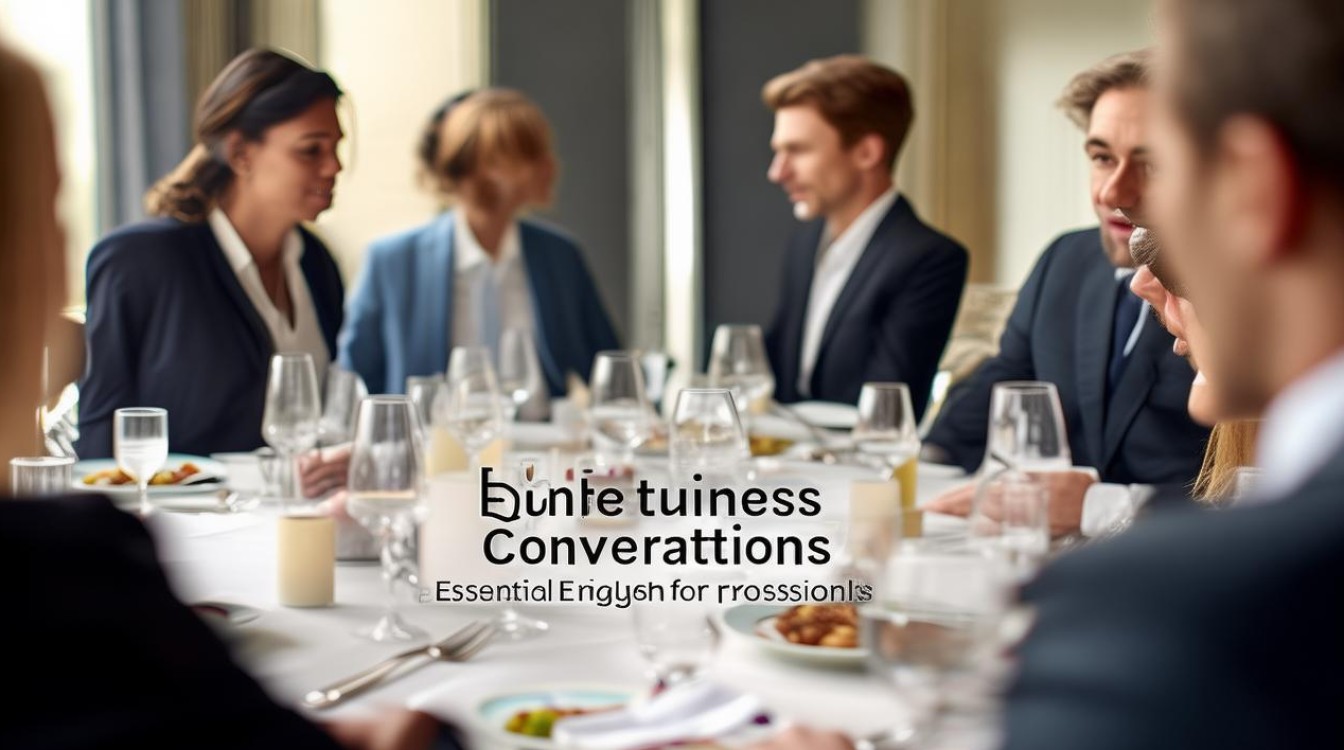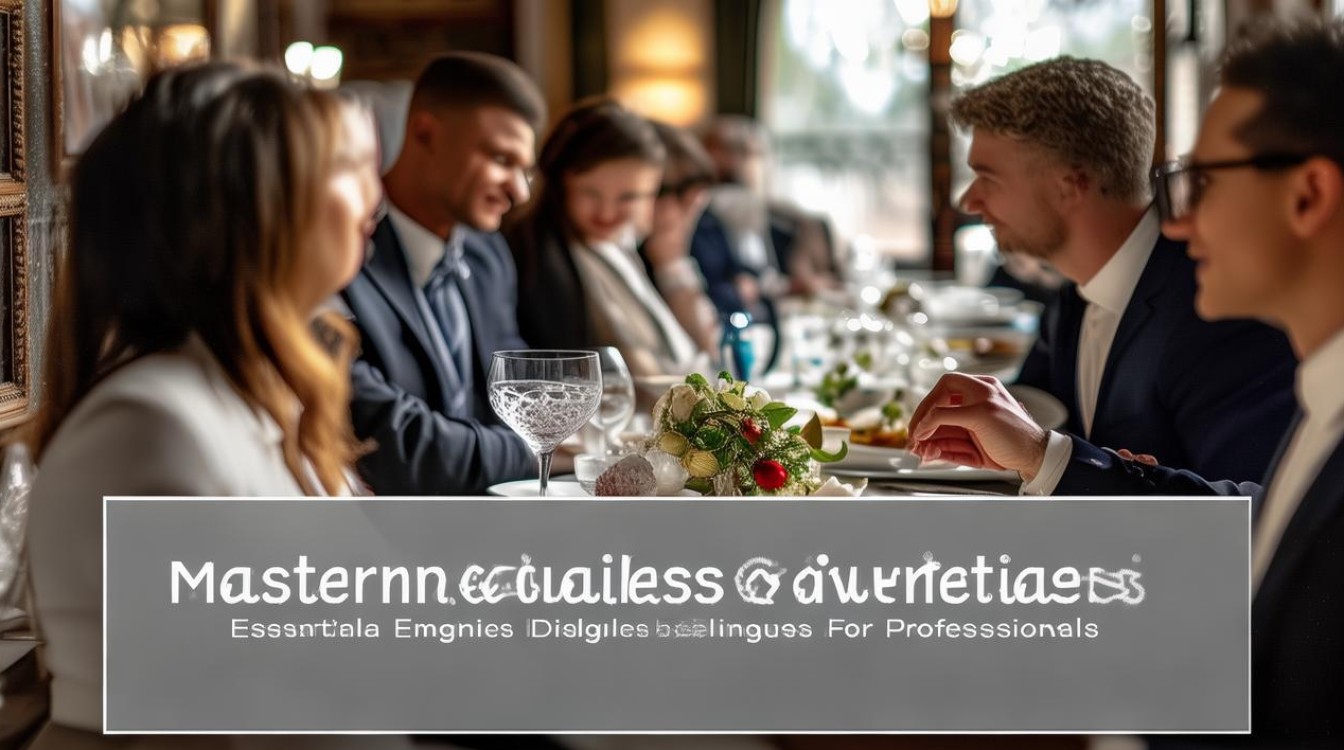Business meals are more than just sharing food—they’re opportunities to build relationships, negotiate deals, and showcase professionalism. Whether you’re hosting international clients or dining with colleagues, fluency in workplace dining English can set you apart. Below, we break down key scenarios, vocabulary, and data-driven insights to elevate your corporate dining communication.

Core English Dialogues for Corporate Dining
Inviting Colleagues or Clients
Scenario: Extending a lunch invitation politely.
- Casual:
"We’d love to have you join us for lunch. Are you free this Thursday?" - Formal (Client):
"As part of our collaboration, we’d like to invite you to a business lunch to discuss next steps. Would 12:30 PM at [Restaurant] work for you?"
Tip: Always confirm dietary restrictions:
"Do you have any dietary preferences we should note?"
Ordering Food Professionally
Key Phrases:
- "I’ll start with the roasted beet salad, please."
- "Could you recommend a dish that’s not too spicy?"
- "We’ll share the appetizer platter for the table."
Data Insight: A 2023 survey by OpenTable revealed that 68% of professionals prefer restaurants with clear dietary labels (vegetarian, gluten-free, etc.) when dining for work.

| Dietary Preference | % of Professionals Preferring Menu Labels |
|---|---|
| Vegetarian/Vegan | 72% |
| Gluten-Free | 58% |
| Low-Sodium | 41% |
Source: OpenTable Business Dining Report, 2023
Making Small Talk
Avoid controversial topics (politics, religion). Safe subjects include:
- Industry trends: "What do you think about the latest tech innovations in our field?"
- Travel: "Have you visited [city/restaurant] before?"
- Neutral current events: "The weather has been unusually mild this season!"
Research Note: A Harvard Business Review study (2024) found that 81% of professionals believe light, non-work-related conversations strengthen business relationships.
Handling the Bill
Who Pays?

- If you invited, assume responsibility: "Please let me take care of the bill."
- If the client insists: "Thank you—I’ll get the next one!"
Global Data: In a 2024 Bloomberg survey, payment norms varied by region:
| Country | Who Typically Pays? |
|---|---|
| USA | Host (75%) |
| Japan | Most senior person (82%) |
| Germany | Split evenly (63%) |
Advanced Tips for Confident Dining Conversations
Vocabulary Builder
- Appetizers: "Could we order the charcuterie board to start?"
- Politeness: "Would you mind passing the salt, please?"
- Compliments: "This wine pairs perfectly with the dish!"
Non-Verbal Cues Matter
- Maintain eye contact when speaking.
- Avoid checking your phone.
Post-Meal Follow-Up
Send a thank-you email within 24 hours:
"Thank you for the productive lunch yesterday. I enjoyed our conversation about [topic] and look forward to next steps."
Final Thoughts
Corporate dining conversations blend etiquette, language skills, and cultural awareness. By practicing these dialogues and staying updated on dining trends (like the rise of plant-based menus in business settings), you’ll project confidence and professionalism.
For further learning, explore resources like BBC Business English or LinkedIn Learning’s "Business Etiquette" courses.

Data sources are linked inline for verification. Always tailor conversations to your audience’s cultural norms.











